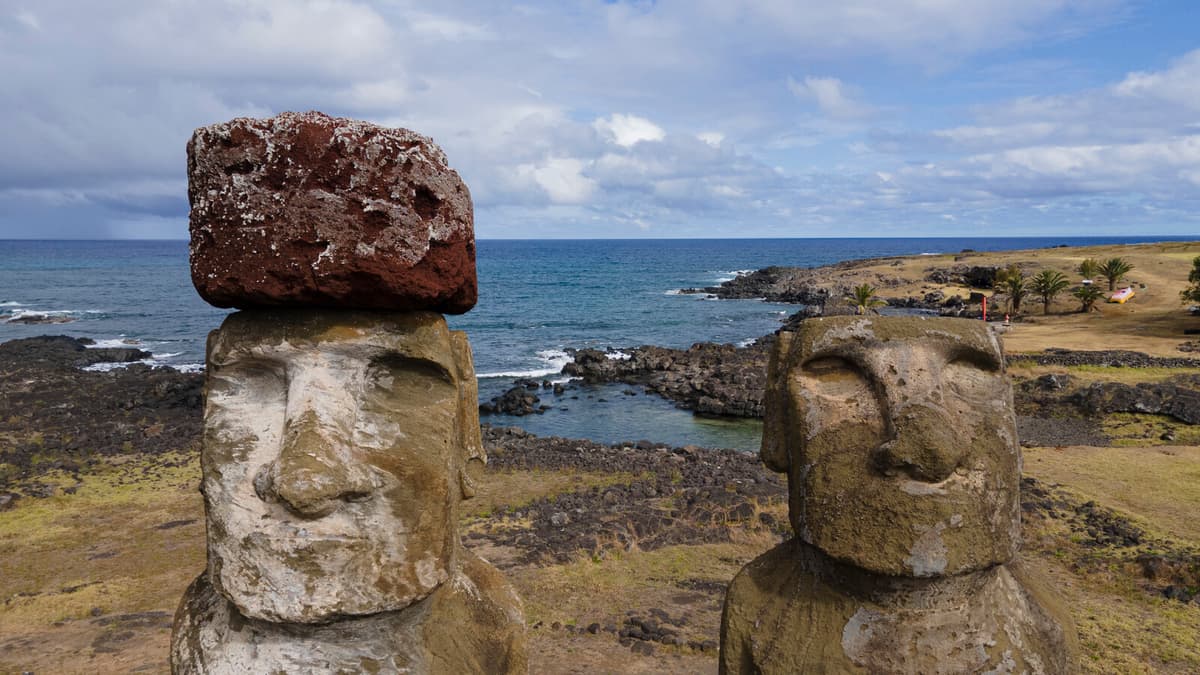The study, published in the scientific journal Nature, is based on genetic analysis of the remains of 15 individuals from the mythical island, 3,700 kilometers off the coast of Chile, known for its giant stone statues. These people lived on Rapa Nui between 1670 and 1950, but the remains are stored in a museum in Paris.
The theory of an ecological suicide, a self-inflicted crisis caused by the overexploitation of natural resources on Rapa Nui, has been used as a warning example.
The theory briefly states that all the island's trees were cut down in a power struggle between different clans on the island. Violence, famine, and anarchy led, according to this theory, to a population collapse before the first Europeans arrived in the 18th century.
"A colonial narrative"
"I personally believe that the idea of collapse has arisen as part of a colonial narrative. An idea that these primitive people could not manage their culture and did not take care of the environment properly. But the genetic evidence says the opposite," says one of the researchers, Victor Moreno-Mayar, in a press release from the University of Copenhagen.
The large population decline on the island was instead the result of the encounter with Europeans, claims the research group. Many were killed by Europeans, and many died as a result of diseases brought by Europeans. In the 1860s, a third of the population was then taken to Peru as slaves.
Genetic variation
The genetic analysis shows that the population has been stable from the 13th century, when the first inhabitants arrived, until the 18th century, when Europeans arrived. If the theory of a population collapse had been true, the genetic variation would not have been so great among the 15 individuals, the researchers emphasize.
The study also shows that Rapa Nui's population had genetic exchange with the indigenous population on the mainland long before Europeans arrived and named the island Easter Island.





